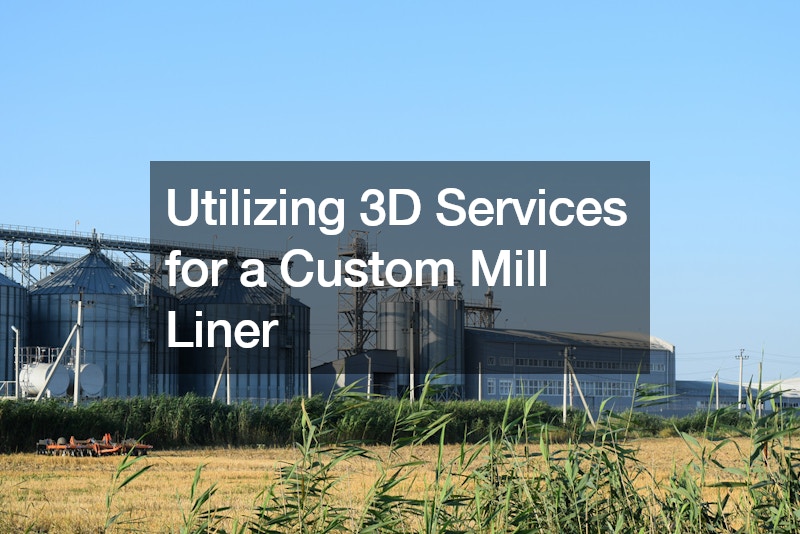Whether they operate in the cement, mining, or other industries, mill operators look for ways to improve their productivity. One of the primary means of doing so is to increase the uptime of key processes, including their mills. The mills are critical steps in these processes because they grind ore and other materials to separate them into their component parts and transport them more easily. The mills that perform the grinding need to remain efficient, balancing the speed and quality of grinding with the downtime required to assess and, as needed, replace parts in the mill chamber.
A critical method for assessing when to replace parts and projecting a mill’s productivity is 3D scanning of the mill chamber. Performing a 3D scan takes only 15 minutes.
Still, applying 3D scanner technology to this process provides up to 50 million data points, precisely measuring the mill chamber’s condition and allowing comparison to a target, such as the chamber’s condition when new, refurbished, or repaired.
Differences between the current and target conditions indicate the wear level, so they can schedule their replacement or develop a custom mill liner. The 3D scans also allow the operators to protect the mill’s future capacity. The combination enables the mill operators to monitor and make cost-benefit decisions about the timing of parts replacement.
.

